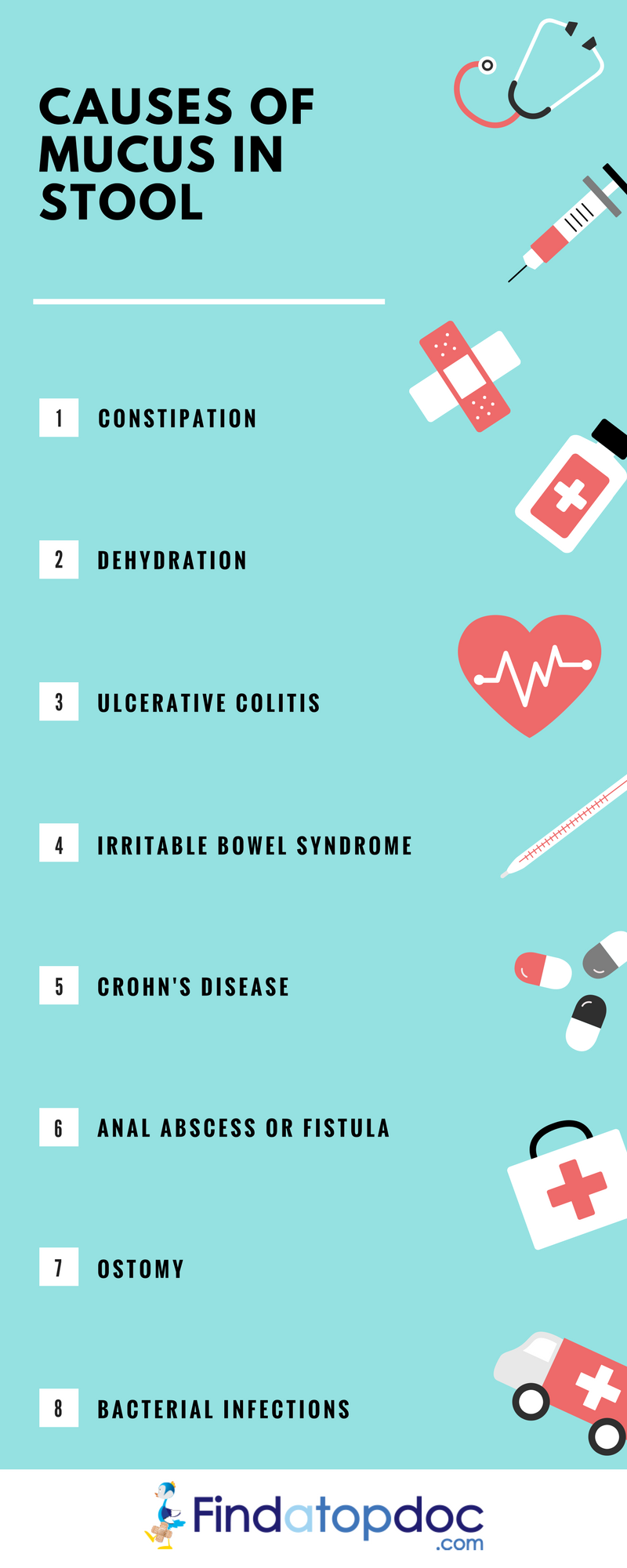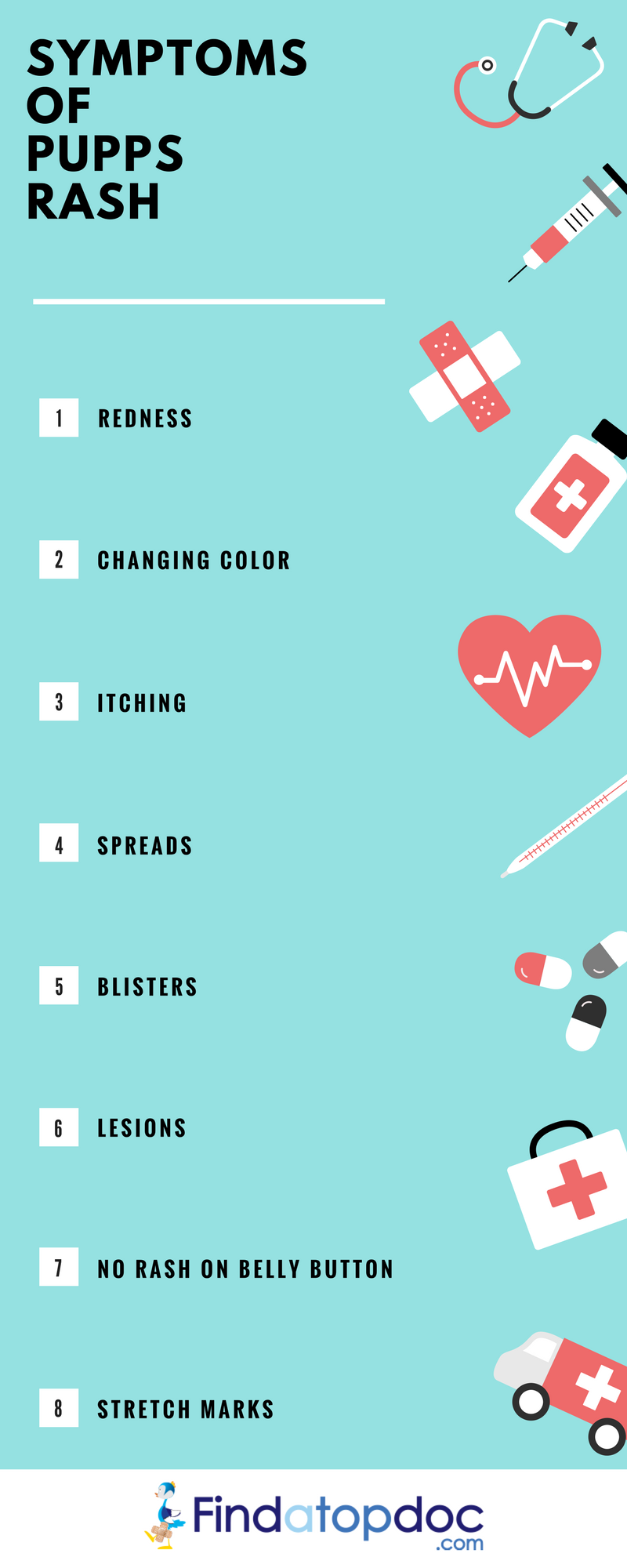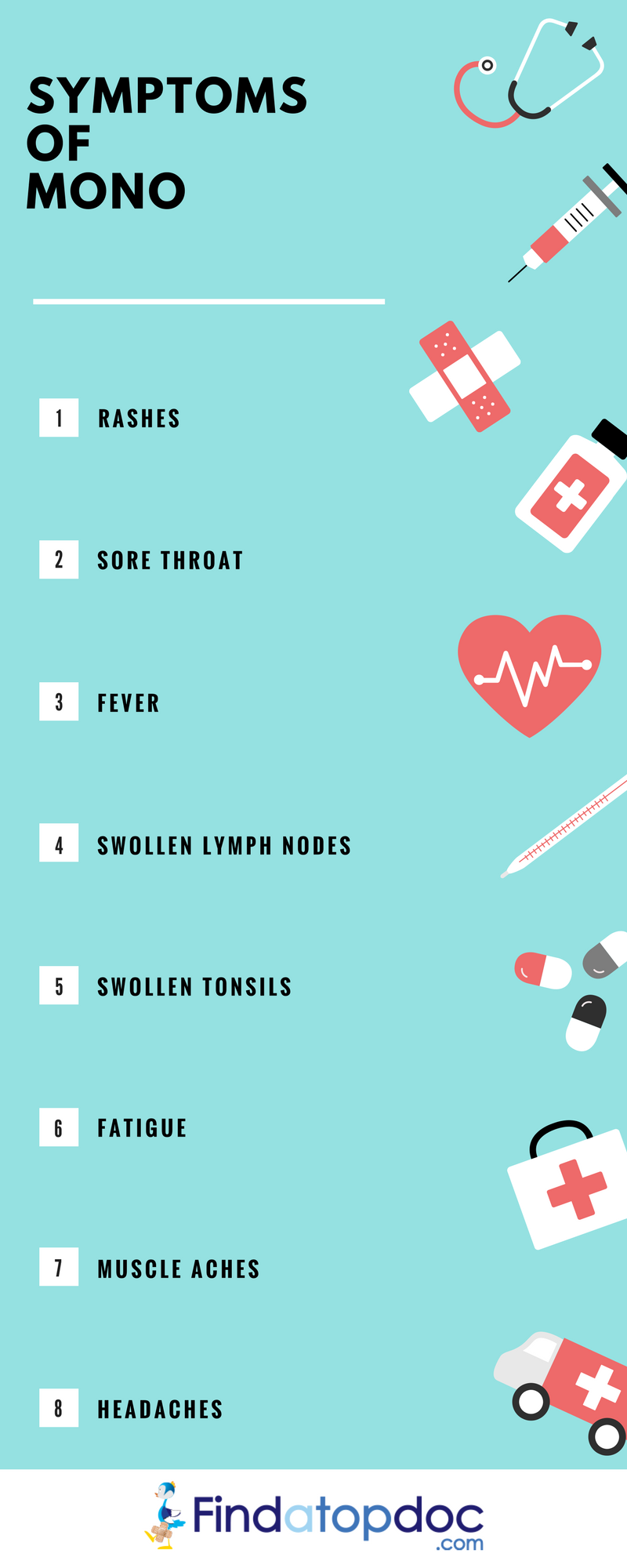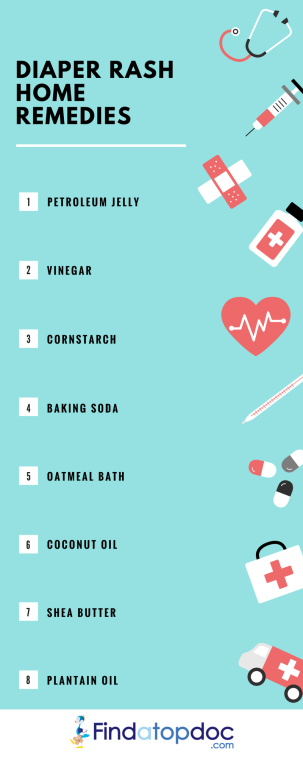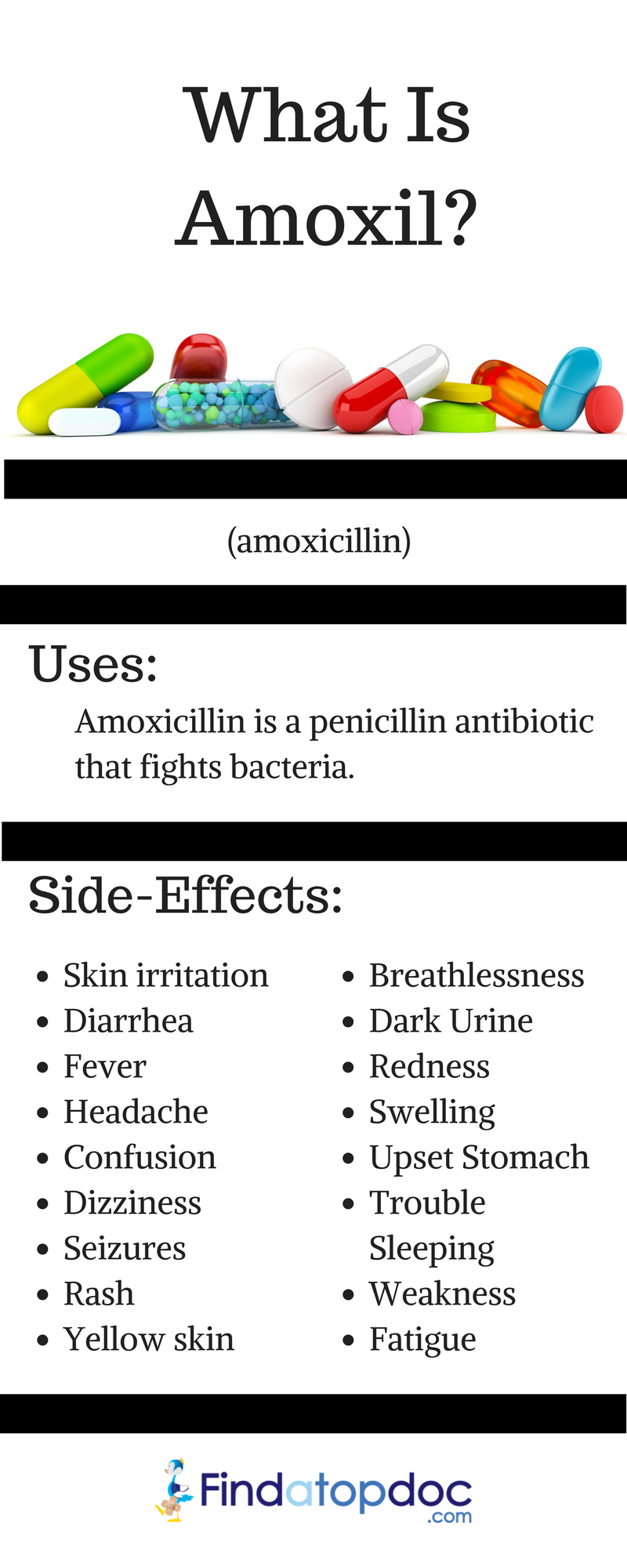Dry cough that continues after other cold symptoms or that occurs without other symptoms may be caused by a number of health problems. Some people start coughing when they breathe very dry air. This can be caused by environmental irritation or allergies in most cases. This type of cough may be more noticeable when you first turn on your furnace in the fall, because dust and other irritants that have collected over the summer are constantly blown into the air. Chronic
dry coughs are usually caused by irritation from cigarette smoke, environmental irritants, allergies, or asthma.
 Source
Source
Causes
The common causes of dry coughs are as follows:
- Viral infections known as the common cold and flu. These coughs may occur at the start of the illness or more likely, appear towards the middle or the end of the infection, and may linger after other symptoms have disappeared
- Allergies can also lead to a dry cough. Hay fever, an allergy to grass and tree pollen, causes irritation to the eyes and nose and when the throat is affected which results with a cough. If you are unsure about whether or not your dry cough is hay fever-related, you could try taking a quick test to find out. Sensitivity to other particles such as animal fur, known as allergic rhinitis, can also lead to the same symptoms
Symptoms
What differentiates the cause of a cough are the associated signs and symptoms. Another important factor in determining the cause of the cough is whether it is acute or chronic. Acute coughs have been divided into infectious and noninfectious causes.
Signs and symptoms that point to an infection include fever, chills, body aches, sore throat, vomiting, headache, runny nose, night sweats, and postnasal drip. Sputum, or phlegm, sometimes indicates an infection is present, but it is also seen in noninfectious causes.
How long does a cough normally last?
Coughs tend to last a week or 2, most clearing up within about 3 weeks. A post-viral cough may persist for several (up to about 8) weeks after a viral illness, while some coughs persist for longer and are usually a sign of an underlying problem.
In adults and children, a cough is described as acute if you have been coughing for up to 2 weeks. In adults, a cough that lasts for more than 8 weeks is described as a chronic persistent cough. In children, a cough that lasts 2 to 4 weeks is called a prolonged acute cough. A cough that lasts more than 4 weeks is considered to be a chronic cough.




